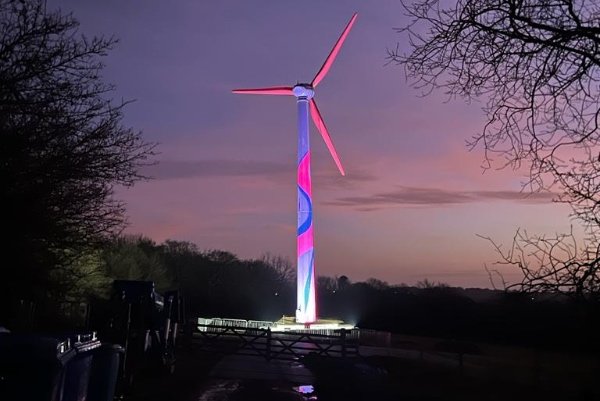New UNESCO data highlight the accelerated melting of glaciers in World Heritage sites, with glaciers in a third of sites set to disappear by 2050.
But it is still possible to save the other two thirds, if the rise in global temperatures does not exceed 1.5°C compared to the pre-industrial period. This will be a major challenge for COP27.
Glaciers in World Heritage sites
50 UNESCO World Heritage sites are home to glaciers; a total of 18,600 glaciers have been identified in these 50 sites, covering around 66,000 km2, representing almost 10% of the Earth’s total glacierised area.
They include the highest (next to Mount Everest), the longest (in Alaska) and the last remaining glaciers in Africa, amongst others, giving a representative overview of the general situation of glaciers in the world.
The new study by UNESCO, in partnership with IUCN, shows these glaciers have been retreating at an accelerated rate since 2000 due to CO2 emissions, which are warming temperatures.
They are currently losing 58 billion tonnes of ice every year – equivalent to the combined annual water use of France and Spain– and are responsible for nearly 5% of observed global sea-level rise.
Only one effective solution
The report concludes that glaciers in a third of the 50 World Heritage sites are condemned to disappear by 2050, regardless of efforts to limit temperature increases.
But it is still possible to save the glaciers in the remaining two-thirds of sites if the rise in temperatures does not exceed 1.5°C compared with the pre-industrial period.
‘This report is a call to action. Only a rapid reduction in our CO2 emissions levels can save glaciers and the exceptional biodiversity that depends on them. COP27 will have a crucial role to help find solutions to this issue, and UNESCO is determined to support states in pursuing this goal.’
AUDREY AZOULAY
UNESCO director-general
A fund for glaciers
In addition to drastically reduced carbon emissions, UNESCO is advocating for the creation of an international fund for glacier monitoring and preservation.
Such a fund would support comprehensive research, promote exchange networks between all stakeholders and implement early warning and disaster risk reduction measures.
Half of humanity depends directly or indirectly on glaciers as their water source for domestic use, agriculture and power. Glaciers are also pillars of biodiversity, feeding many ecosystems.
 Play Video about This Rock Might Just Save The World
Play Video about This Rock Might Just Save The World Play Video about Play 2 hours of rock
Play Video about Play 2 hours of rock Play Video about Play 2 hours of brook
Play Video about Play 2 hours of brook Play Video about Play 2 hours of sheep
Play Video about Play 2 hours of sheep











































